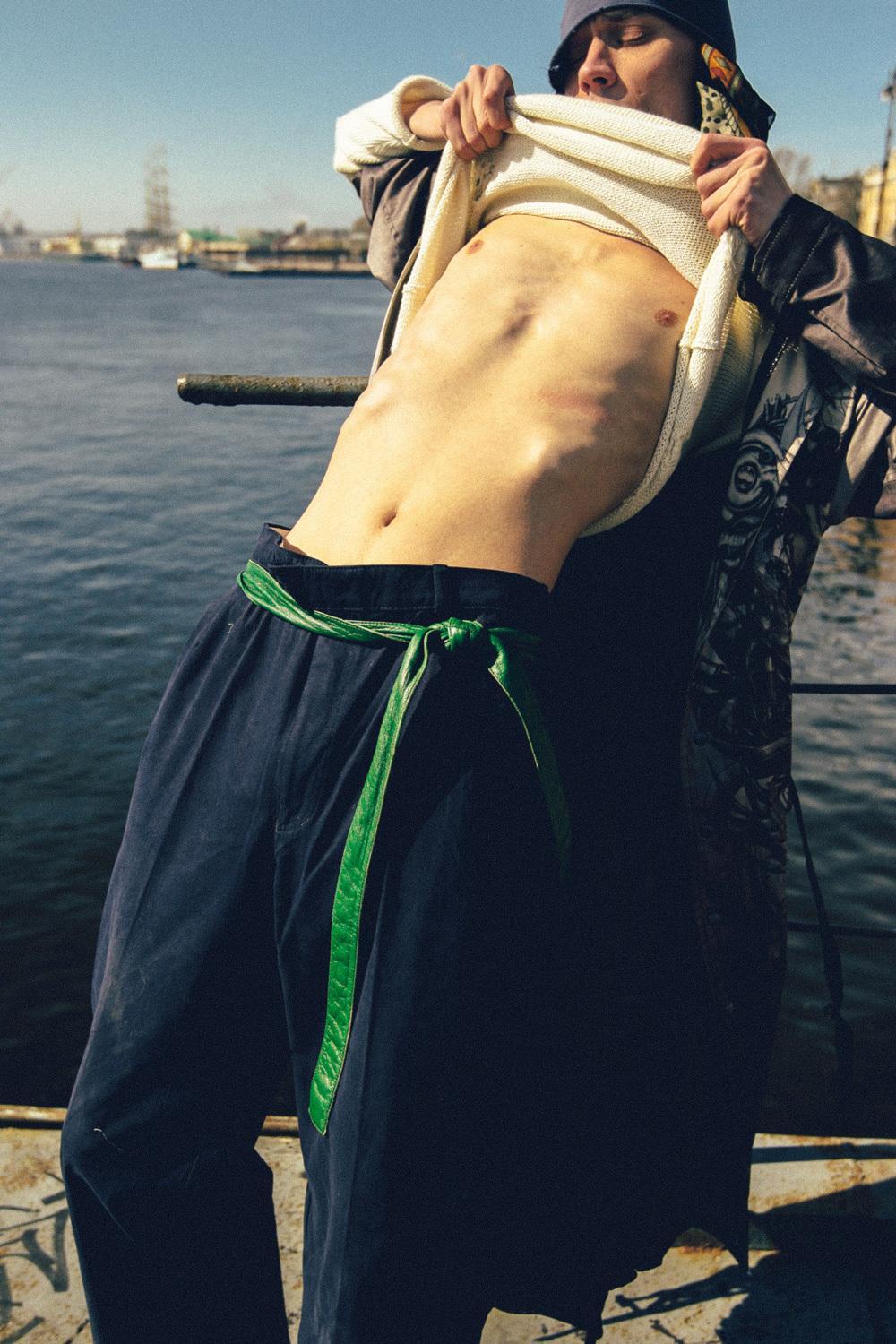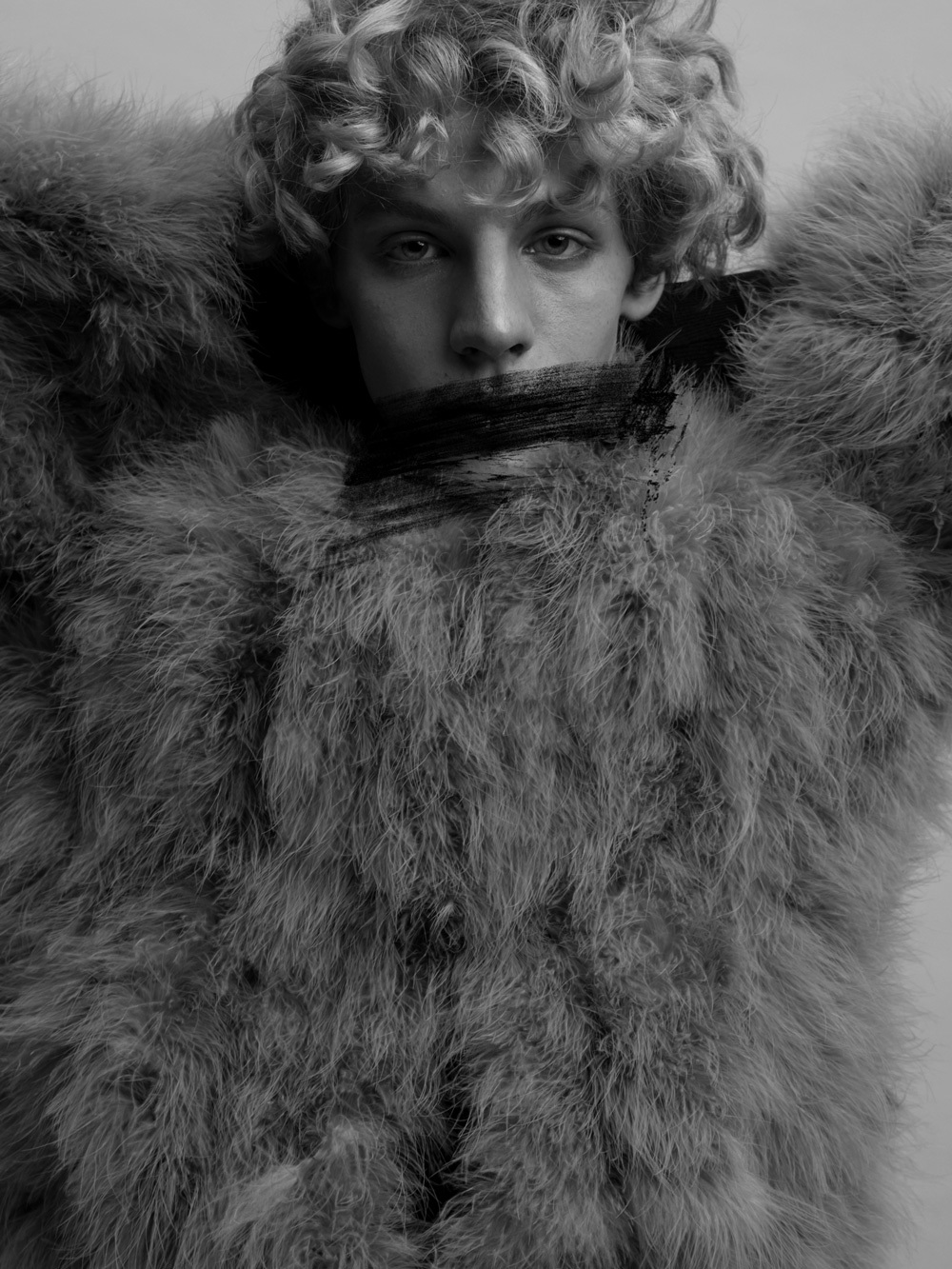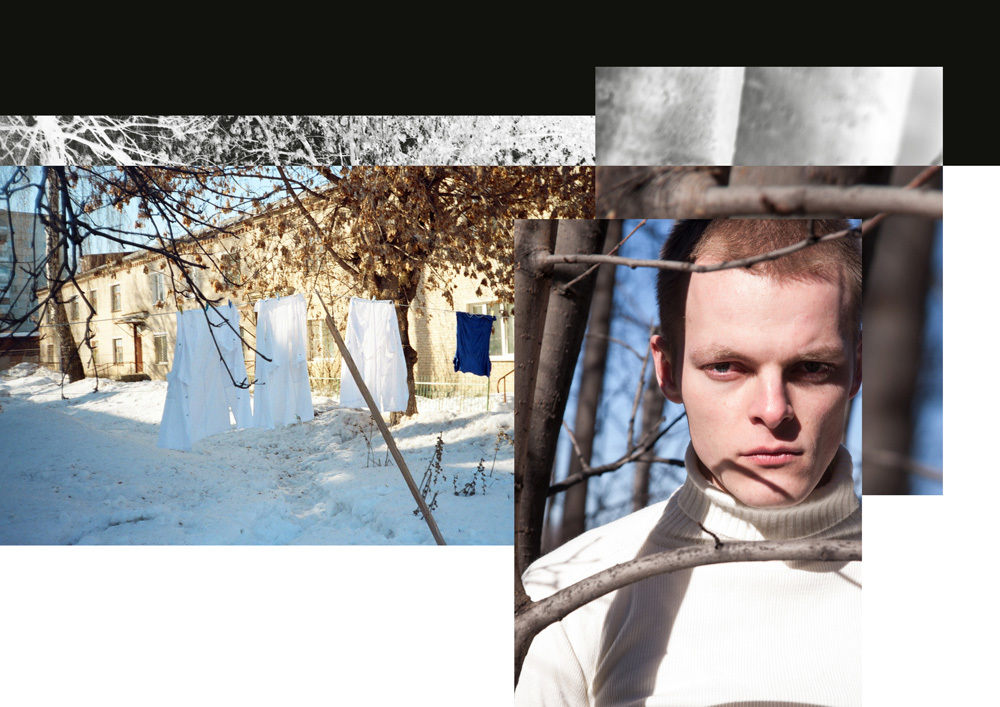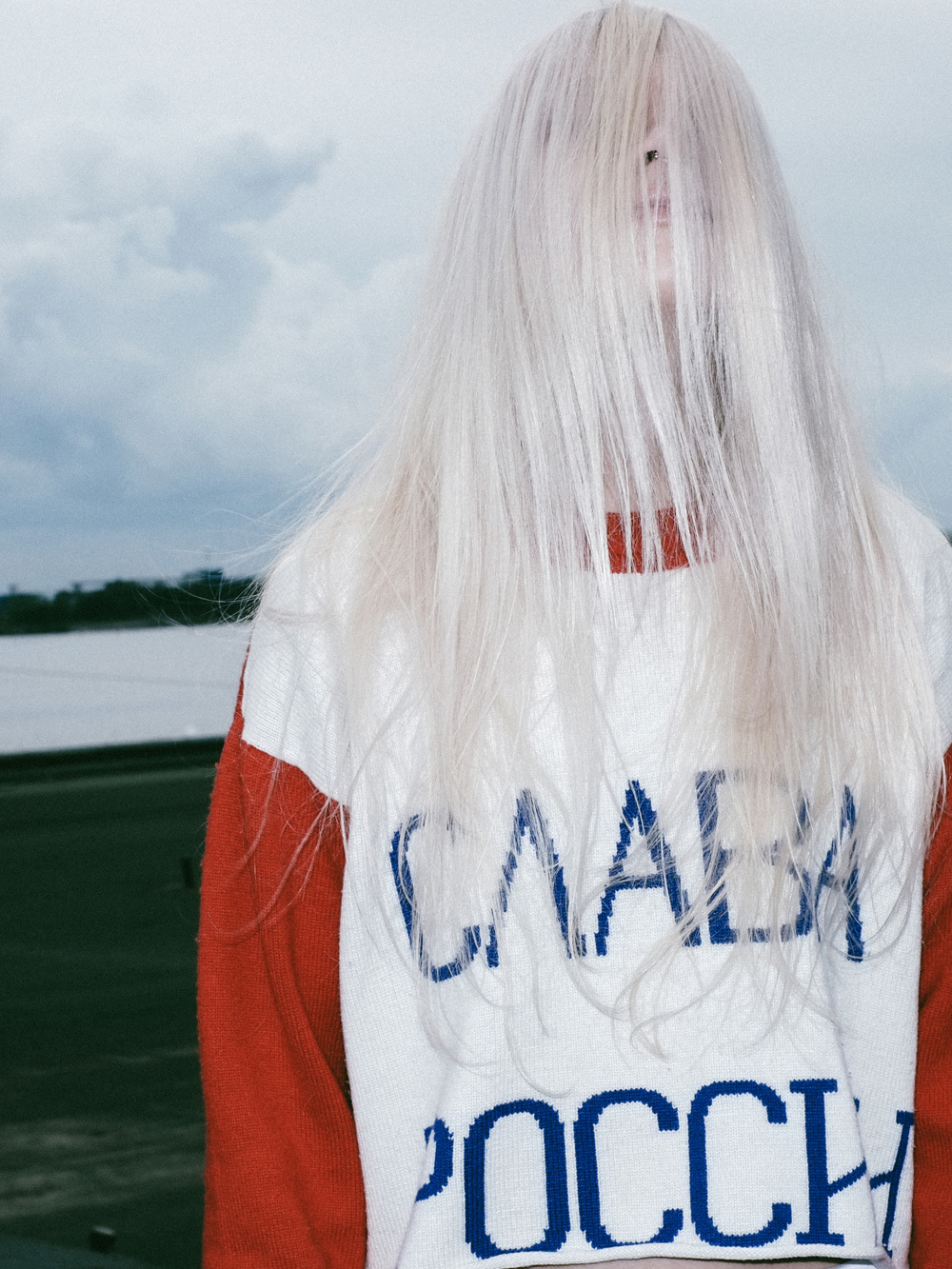Russian creativity has always been devoted to representing and abstracting reality as it transforms in politics and culture. In the 20s, the avant garde created modern art to mirror a modernizing society. During Stalin’s repressive Socialist Realism movement that followed, the focus shifted to depictions of the proletariat. In the 90s, artists were thinking about the absorption and re-interpretation of the West.
A quarter of a century after the fall of the Soviet Union, the first generation to be born after the fall of communism is coming of creative age. In a country defined by its weighty cultural heritage, many young artists have found themselves asking how they can present a Russian identity for the new generation. We meet some of the rising stars using photography to make sense of the changing world around them.
Gosha Pavlenkno, Moscow
Why is photography important in Russia today?
It can help create a new culture — which we really, really need. In my opinion, we still don’t have a modern culture in Russia. We have a lot of old cultural things like Dostoyevsky and Mayakovsky, but we don’t have anything for our generation. And being creative, say through photography, can help develop new principles for a modern culture; change is always about creativity.
How has creativity in Russia changed since the Soviet Union?
When the Soviet Union fell, Russian people were really hungry for new experiences. It was about absorbing all they could see from the West in terms of music, video, film, photography and fashion. To be honest, I have to say that every creative movement in Russia in that period was about re-interpreting the West; everyone thought through these visions. Now there is originality.
What are your hopes for the future of Russian photography?
I really hope we can develop our own vision. For example, you can pick out the photography from schools in Scandinavia, UK, Paris, and Italy. I really want us to create our own photographic style, so people can look at our photos and instantly know that they were made in Russia.

Dmitri Pyrahin, St. Petersburg
Your photos have such a powerful energy. Where do you feel that comes from?
Energy is the one thing I try to show. It’s like music when it makes you move. I want to give people energy through my shots. More than that — I want to change energy with my photos. I am trying to make the energies of my viewers better, to allow them to come alive, even for just a minute, while they view my work.
How has creativity changed since the fall of the Soviet Union?
This is only my opinion, but I think creativity has fallen since the Soviet Union. During Gorbachev and Perestroika people were feeling heavy changes — they could protest, fight, and resist. But now, Russia is politically better than earlier times and now we feel comfortable in our life, so photos are now starting to become boring because they’re missing passion. There is nothing to fight for, and the most important art comes from passion or pain.

Margarita Smagina, St. Petersburg
Why does your work say about modern Russia?
In Russia there are a lot of prejudices. Through my work, I’m trying to expand the minds of those who see what I am doing. I relay Russian subculture, which is a mix of Soviet modernism and the foreign pop industry. Gorbachev and Elvis Presley, such a good cocktail.
In your opinion, has feminism in Russia changed creativity?
Feminism in Russia has enabled the implementation of women and it’s super cool — otherwise I would have stayed at home with a dozen children and worked at a factory, possibly even be dead by now. I’m on the side of feminism, equal rights, and the promotion of equal labor but without fanaticism. In my work basically everything is created by my women — my stylists, models, makeup artists, and hairdresser.
What is creative Russia’s biggest struggle?
There are a small number of people engaged in creative work in Russia because they gave us the green light (to work) only recently. The older generations have a stereotype that art work is a kind of parasitism. Therefore, they destroy the rudiments of creativity in the early childhood and people just don’t have the courage to be creative. And those who have the courage, they leave the country.

Lexa Kim, Moscow
What does your work say about Russia?
If you travel outside the big cities like Moscow, you’ll find yourself in the hold of former Soviet Union that has loads of individual subcultures. Here, dressing in a special way or with any presence or individuality can get you beaten up. Through my work, I want to show that Russians are indeed very original, that in Russia there is a special, and most importantly, a unique fashion and style. I want to convey to the West that we are not savages, and are in fact a part of the fashion world as much as anyone else is.
Your generation is the first to have grown up with the internet. How it changed things in Russia?
Globalization erases borders, and Russia is no longer a cold country that is shut away from the civilized world. It is distinctive, but at the same time it is open to everyone. The level of art has grown up, reaching the same level as the rest of the world. For me it has blurred the boundaries of communication, it no longer matters where you are. It makes the world very small and opens up new horizons and new opportunities.
What are your hopes for the future of creativity in Russia?
I think the country is at a good starting point for the creation and development of global cultural resources. And because our art is original, I do not dare to predict its development and what road it’s going to take.
Credits
Text Alex Manatakis
